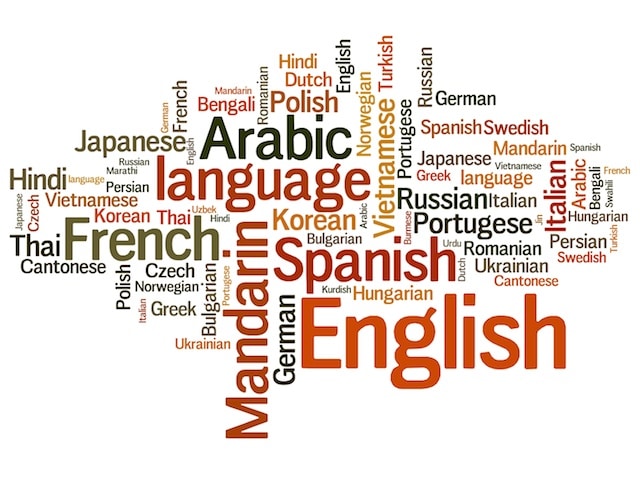Consecutive vs Simultaneous Interpretation
AML global receives daily inquiries for conference interpretation. As the years progress, we have observed that people still get confused with consecutive vs simultaneous interpretation including those who are in the event and conference industry. How about we clear up the confusion through this article.
Professional interpreting services
Professional interpreting services can be rendered in different ways, yet the two primary modes of interpretation are consecutive interpretation and simultaneous interpretation. In order to understand which method of interpreting will best serve your needs, it is vital to understand both modes. Lets take a look at simultaneous versus consecutive interpreting.
What is Consecutive Interpretation?
In Consecutive Interpretation, the individual who is talking says a couple sentences while the interpreter listens and then pauses while the consecutive interpreter repeats what has just been said in the target language. Consecutive interpreting works extremely well in small groups of people where there is only one foreign language to be interpreted.
A good example would be a business meeting where most of the delegates are English speakers, however a Spanish consecutive interpreter has been employed to help a Spanish speaking delegate participate. Some other examples might be an interview, or a medical consultation.
What is Simultaneous Interpretation?
In Simultaneous interpretation, the individual who is speaking talks into a microphone and members of the audience listen to what is being said in their own language through headsets. Sometimes, the interpreters sit in sound-proof booths and listen to the proceedings through headphones while at the same time repeating what is being said into a microphone for transmission to the delegates headsets.
Simultaneous interpreters are the type of interpreter which you have probably seen on the TV working at conferences, lectures, presentations or during high-profile trials in court.
In short, consecutive is stop-and-start while simultaneous is continuous.
Which type of interpreter do you need?
As you can see, the type of interpreter (and the number of them) you need will depend on the type of conference you intend to hold.
If it consists of small, intimate meetings which are interactive in nature then consecutive interpreters may be the most appropriate. On the other hand, if the conference is large featuring keynote addresses from stage then simultaneous interpreters will be best.
American Language Services stands the test of time in providing voice over, translation, interpretation, transcription and media services to private industry, government at all levels, educational, and non-profit organizations. Our thousands of linguists around the world and teams of dedicated professionals are ready to serve.
Call Us Now: 1-800-951-5020 for further information or a quick quotation for your next project.
See more at: http://alsglobal.net/
























